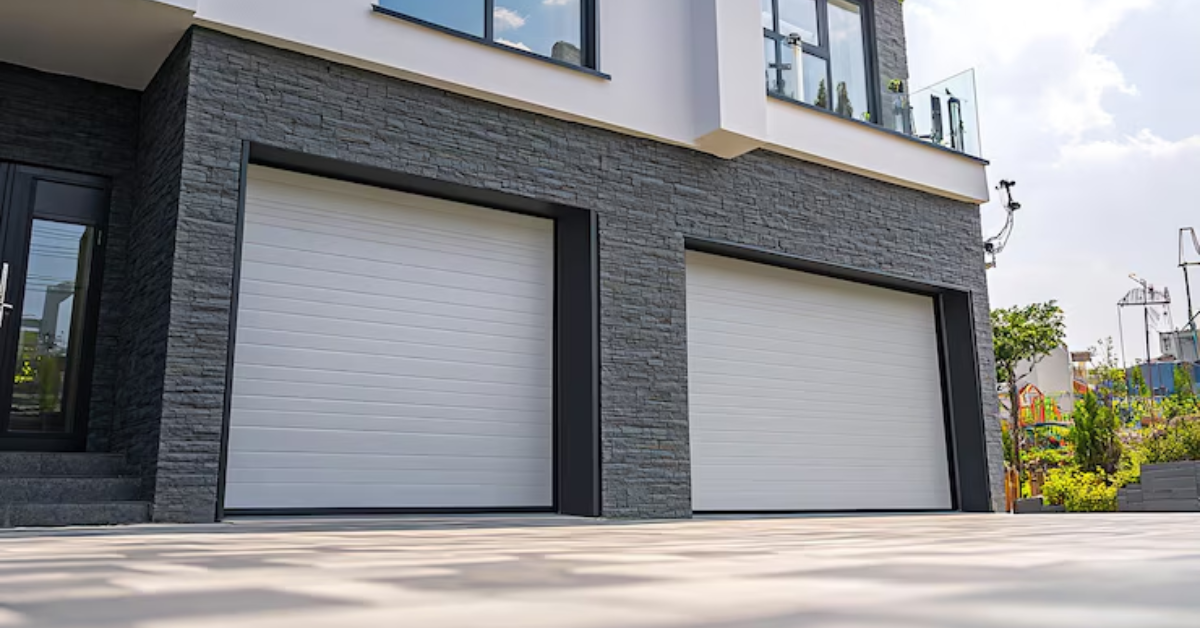How Much Electricity Does a Garage Door Use?
If you’ve ever wondered how much electricity your garage door uses, you’re not alone. Many homeowners are becoming more conscious about energy consumption and are evaluating even the smallest contributors to their electric bills. A garage door opener may seem insignificant compared to larger appliances, but understanding its power usage can help you make smarter decisions about energy efficiency.
In this article, we’ll explore how much electricity a garage door typically uses, what factors influence its energy consumption, and how you can reduce unnecessary power usage. Whether you're installing a new garage door opener or just looking to improve your home's energy efficiency, this guide is for you.
How Garage Door Openers Use Electricity
Garage door openers are powered by electric motors that are responsible for lifting and lowering the door. These motors usually operate for only a few seconds at a time, which keeps their energy usage relatively low. However, the key to understanding total electricity consumption lies in two main areas: active use and standby mode.
Active use refers to the brief moments when the motor is lifting or lowering the door, while standby mode involves the energy used when the opener is not actively in use but still plugged in, ready to receive signals from a remote or wall switch.
Average Power Consumption of Garage Door Openers
On average, a typical residential garage door opener uses between 300 to 600 watts during active operation. If your garage door operates for about 15 seconds to open and another 15 seconds to close, and you use it around four times a day, that's about 2 minutes of active usage per day.
Let’s break this down into kilowatt-hours (kWh), the standard unit used by electric companies to measure energy:
- 600 watts = 0.6 kW
- 2 minutes/day = 0.033 hours/day
- Daily usage = 0.6 kW × 0.033 hours = 0.0198 kWh
- Monthly usage = 0.0198 kWh × 30 days = 0.594 kWh
That’s less than 1 kWh per month for active use, which costs less than $0.10 per month in most areas of the United States.
However, standby power consumption tells a different story. Most modern garage door openers draw 4 to 8 watts continuously in standby mode. Over a month, this adds up:
- 6 watts standby × 24 hours/day × 30 days = 4,320 watt-hours, or 4.32 kWh/month
- At $0.13 per kWh (national average), that’s around $0.56 per month
While still low, standby mode uses significantly more energy over time than the actual operation.
Factors That Influence Energy Consumption
Not all garage door openers consume electricity in the same way. Several variables can affect how much energy your system uses:
1. Type of Motor: Older chain-drive motors tend to be less efficient than modern belt-drive or direct-drive models. Newer units are also more likely to be ENERGY STAR certified.
2. Age of the Opener: Garage door openers older than 10 years often lack energy-saving features like low standby power consumption.
3. Smart Features: Openers with Wi-Fi, smartphone integration, and security cameras may draw more standby power, especially if they're constantly communicating with cloud servers.
4. Usage Frequency: A household that opens the garage door 10 times a day will obviously use more electricity than one that only opens it twice.
How to Reduce Electricity Usage
While garage door openers don’t consume a lot of power, here are some tips to make them even more energy-efficient:
- Upgrade to an ENERGY STAR certified opener: These models are designed for low power consumption in both active and standby modes.
- Unplug when not in use: If you’re going on vacation or won’t be using the garage for an extended period, unplugging the opener can cut off phantom energy use.
- Use solar power: Some advanced garage door systems come with solar panel options, reducing dependency on the grid.
- Routine maintenance: A well-lubricated and balanced garage door requires less power to operate, extending the life of your opener and lowering energy consumption.
Final Thoughts
So, how much electricity does a garage door use? The short answer is not much. Most homeowners will find that their garage door opener uses less than 5 kWh per month, which translates to a minimal cost on their electric bill. Still, small savings add up, and being mindful of energy usage—especially in standby mode—can make your home more energy-efficient.
By upgrading to a more efficient opener, maintaining your garage door system, and reducing unnecessary standby time, you can save money and do your part for the environment. It may be a small step, but every watt counts when you’re aiming for a greener home.
Whether you're researching garage door electricity use for budgeting or sustainability reasons, it's clear that while the cost is small, there's still room for improvement. Keep these tips in mind and enjoy a smarter, more efficient home.




